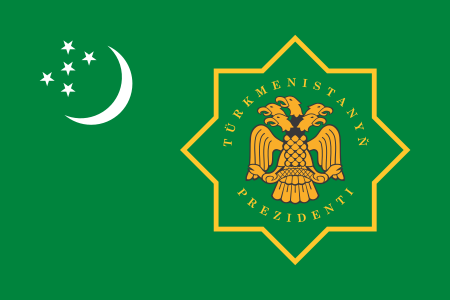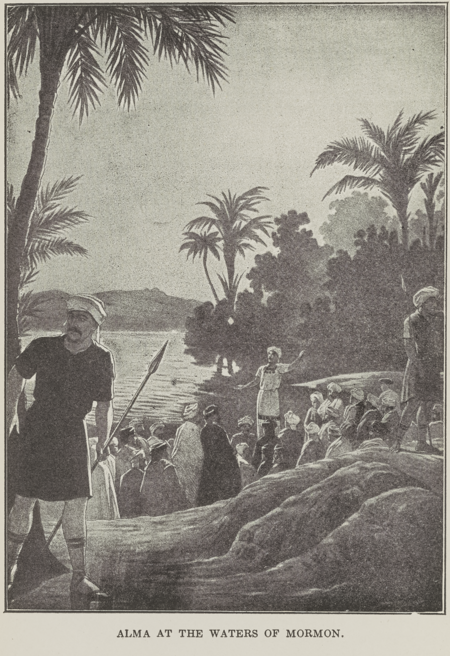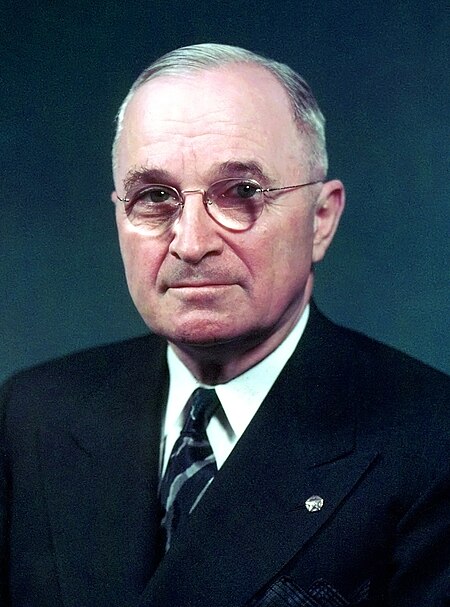The distance (boxing)
|
Read other articles:

Данио-рерио Научная классификация Домен:ЭукариотыЦарство:ЖивотныеПодцарство:ЭуметазоиБез ранга:Двусторонне-симметричныеБез ранга:ВторичноротыеТип:ХордовыеПодтип:ПозвоночныеИнфратип:ЧелюстноротыеГруппа:Костные рыбыКласс:Лучепёрые рыбыПодкласс:Новопёрые рыбыИнфр�…

This article relies excessively on references to primary sources. Please improve this article by adding secondary or tertiary sources. Find sources: Macintosh Quadra 900 – news · newspapers · books · scholar · JSTOR (August 2023) (Learn how and when to remove this message)Macintosh Quadra 900 Personal computer by Apple Computer Macintosh Quadra 900DeveloperApple ComputerProduct familyMacintosh QuadraRelease dateOctober 21, 1991 (1991-10-21)…

Political party in Cape Verde Movement for Democracy Movimento para a DemocraciaLeaderUlisses Correia e SilvaFounded14 March 1990Registered26 November 1990HeadquartersPraia, Santiago Island, Cape VerdeIdeologyLiberalismChristian democracyPolitical positionCentre to centre-rightInternational affiliationCentrist Democrat InternationalNational Assembly38 / 72Websitewww.mpd.cvPolitics of Cape VerdePolitical partiesElections The Movement for Democracy (Portuguese: Movimento para a Democracia, Mp…

提示:此条目页的主题不是中華人民共和國最高領導人。 中华人民共和国 中华人民共和国政府与政治系列条目 执政党 中国共产党 党章、党旗党徽 主要负责人、领导核心 领导集体、民主集中制 意识形态、组织 以习近平同志为核心的党中央 两个维护、两个确立 全国代表大会 (二十大) 中央委员会 (二十届) 总书记:习近平 中央政治局 常务委员会 中央书记处 中�…

土库曼斯坦总统土库曼斯坦国徽土库曼斯坦总统旗現任谢尔达尔·别尔德穆哈梅多夫自2022年3月19日官邸阿什哈巴德总统府(Oguzkhan Presidential Palace)機關所在地阿什哈巴德任命者直接选举任期7年,可连选连任首任萨帕尔穆拉特·尼亚佐夫设立1991年10月27日 土库曼斯坦土库曼斯坦政府与政治 国家政府 土库曼斯坦宪法 国旗 国徽 国歌 立法機關(英语:National Council of Turkmenistan) 土�…

Housing estate in Tsuen Wan, Hong Kong Tsuen King Garden Entrance of Tsuen King Garden Tsuen King Garden (Chinese: 荃景花園) is one of the largest private housing estates in Tsuen Wan, New Territories, Hong Kong, located at Tsuen King Circuit. It comprises 12 high-rise buildings in two phases which were completed between 1987 and 1988, and was developed by Sun Hung Kai Properties.[1][2][3] Demographics According to the 2016 by-census, Tsuen King Garden had a popul…

شعار مبادرة التجارة العادلة التجارة العادلة أو الاتجار الأدنوي[1] هي نظام مصمم لمساعدة المنتجين في البلدان النامية على تحقيق علاقات تجارية مستمرة ومنصفة. المشتركون في هذه الحركة التجارية يدفعون أسعار أعلى للمصدرين، وأيضاً للمنتجات التي تتبع تحسين المعايير الاجتماعية �…

الفرقة الكندية الأولى الدولة كندا الإنشاء 1939 جزء من قيادة العمليات المشتركة الكندية الاشتباكات الحرب العالمية الأولى، والحرب العالمية الثانية الموقع الرسمي الموقع الرسمي تعديل مصدري - تعديل الفرقة الكندية الأولى (بالفرنسية: 1re Division du Canada) هي قيادة �…

Prophet in the Book of Mormon AlmaFrom Alma Being Carried to His Father's House (October 1925)High priestPreceded by(Inaugurates the position)Succeeded byAlma (his son) PersonalKnown forFounding a Christian church among the Nephites Alma (/ˈælmə/) is a Nephite prophet[1] in the Book of Mormon. Initially a priest who serves in the court of King Noah, when a prophet named Abinadi preaches to the court Alma concurs with Abinadi and affirms that what the prophet said is true. For thi…

Intel C8080A. Intel 8080 adalah mikroprosesor awal yang dirancang dan diproduksi oleh Intel. CPU 8-bit ini dirilis pada April 1974 dan berjalan pada 2 MHz, dan pada umumnya dianggap menjadi rancangan prosesor mikro (microprocessor) pertama yang benar-benar dapat digunakan (bermanfaat). lbsProsesor IntelTermasuk prosesor x868086 • 8088 • 80186 • 80188 • 80286 • 80386 • 80486 • Pentium • Pentium Pro • Pentium II • Celeron Pentium III • Pentium 4 • Pentium M • Pentium D �…

Type of South Indian cuisine This article is part of the series onIndian cuisine Regional cuisines North India Awadhi Haryana Kashmiri Kumauni Mughlai Punjabi Rajasthani Uttar Pradeshi South India Chettinad Hyderabadi Karnataka Kerala Mangalorean Mangalorean Catholic Saraswat Tamil Telangana Telugu Udupi East India Bengali Bhojpuri Bihari Jharkhandi Odia Maithil Angika West India Goan Gujarati Malvani & Konkani Marathi Parsi Sindhi Northeast India Arunachalese Assamese Meghalayan Manipuri Mi…

1945 agreement between the major 3 Allies regarding the end of World War II Treaty of Potsdam redirects here. For the 1805 treaty, see Treaty of Potsdam (1805). Not to be confused with Potsdam Declaration. The Big Three: Attlee, Truman, Stalin The Potsdam Agreement (German: Potsdamer Abkommen) was the agreement among three of the Allies of World War II: the United Kingdom, the United States, and the Soviet Union after the war ended in Europe on 1 August 1945 and it was published the next day. A …

Botanical garden Cornell Botanic GardensNevin Welcome Center at the Botanic GardensNearest cityIthaca, New York, United StatesArea4,300 acres (1,700 ha)Established1875Owned byCornell UniversityBudget$2.9 million (2009)ParkingOn siteWebsiteWebsite F. R. Newman Arboretum in the Botanic Gardens The Cornell Botanic Gardens is a botanical garden located adjacent to the Cornell University campus in Ithaca, New York. The Botanic Gardens proper consist of 25 acres (10 ha) of botanica…

This article has multiple issues. Please help improve it or discuss these issues on the talk page. (Learn how and when to remove these template messages) This article relies excessively on references to primary sources. Please improve this article by adding secondary or tertiary sources. Find sources: New Mexico Department of Health – news · newspapers · books · scholar · JSTOR (March 2023) (Learn how and when to remove this message) This article needs ad…

2018 edition of the Austrian Grand Prix 2018 Austrian Grand Prix Race 9 of 21 in the 2018 Formula One World Championship← Previous raceNext race → Layout of the Red Bull RingRace details[1]Date 1 July 2018Official name Formula 1 Eyetime Grosser Preis von Österreich 2018Location Red Bull RingSpielberg, Styria, AustriaCourse Permanent racing facilityCourse length 4.318 km (2.683 miles)Distance 71 laps, 306.452 km (190.420 miles)Weather SunnyPole positionDriver Valt…

0000 compilation album by David SylvianA Victim of Stars 1982–2012Compilation album by David SylvianReleased UK: 27 February 2012 US: 3 April 2012[1] Recorded1982–2012GenreArt popart rockambientalternative rockexperimental rockLength156:27LabelVirgin/EMIProducerDavid SylvianRyuichi SakamotoSteve NyeRain Tree CrowDavid BottrillSteve JansenBurnt FriedmanDavid Sylvian chronology Died in the Wool – Manafon Variations(2011) A Victim of Stars 1982–2012(2012) There's a Light Tha…

أوتيسكو الإحداثيات 42°52′00″N 76°14′00″W / 42.866666666667°N 76.233333333333°W / 42.866666666667; -76.233333333333 [1] تقسيم إداري البلد الولايات المتحدة[2] التقسيم الأعلى مقاطعة أونونداغا خصائص جغرافية المساحة 31.16 ميل مربع ارتفاع 445 متر عدد السكان عدد السكان 2…

Эта статья — о численном методе. О производителе бытовых товаров см. Esprit. Пример формирования подмасивов в методе 2D ESPRIT ESPRIT (Estimation of Signal Parameters via Rotational Invariant Techniques) — численный метод, позволяющий оценить параметры суммы синусоид на фоне шумов по серии измерений…

Drachtencittà Drachten – Veduta LocalizzazioneStato Paesi Bassi Provincia Frisia ComuneSmallingerland TerritorioCoordinate53°06′32″N 6°10′06″E53°06′32″N, 6°10′06″E (Drachten) Abitanti44 919 (2012) Altre informazioniLingueOlandese, Frisone Cod. postale9200–9207 Prefisso(+31) Fuso orarioUTC+1 CartografiaDrachten Drachten – Mappa Modifica dati su Wikidata · Manuale Una via del centro di Drachten Il Museum Drachten Drachten è una città di circa…

Questa voce sull'argomento cestisti italiani è solo un abbozzo. Contribuisci a migliorarla secondo le convenzioni di Wikipedia. Segui i suggerimenti del progetto di riferimento. Stefano BossiNazionalità Italia Altezza190 cm Peso90 kg Pallacanestro RuoloPlaymaker Squadra Pall. Trieste CarrieraGiovanili Azzurra Trieste Squadre di club 2010-2011 Pallalcesto Udine1 (0)2011-2012 Amici Pall. Udinese16 (66)2011-2012→ Udine Basket Club24 (258)2012-2013 Aquila Trento2 (0…